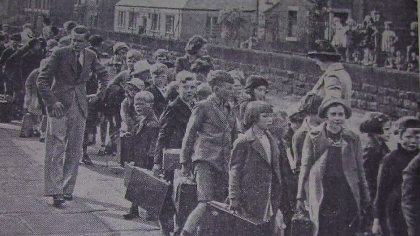
More than a hundred miles from home and not knowing when they would see their parents again were children from Lowestoft, who arrived at Glossop Station after a tiring eight-hour train journey.
A bond between two totally different towns that has lasted for more than 80 years began on June 3, 1940, when 600 Lowestoft children and their teachers arrived in Glossop.
The Second World War was less than a year old, with the east coast port of Lowestoft under constant enemy attack. Glossop, nestling in the Pennine hills, seemed a comparatively safe place.
So, on that early Sunday evening, the children and their 30 teachers arrived after their long journey.
They carried their few possessions in suitcases, bags, and some in baskets that, back home, were used to carry fish.
Their fathers and grandfathers were fishermen. Some became lifesaving heroes, using their boats to bring wounded soldiers and members of the British Expeditionary Force back to England.
A teacher told the Chronicle how the harbour at Lowestoft was empty - all 80 trawlers had crossed to France to evacuate the thousands of Allied soldiers stranded at Dunkirk.
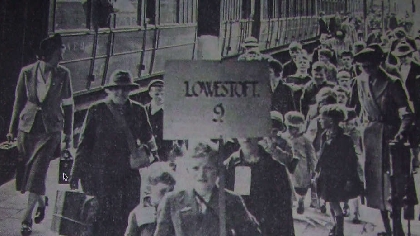
Waiting in Glossop to greet the Lowestoft evacuees were members of local organisations who would play a part in making their stay in Glossop as happy as possible.
The children were examined by doctors, fed, and generally looked after in an operation led by chief billeting officer Cecil Lord, headmaster of Glossop Grammar School.
For many this was in Victoria Hall, or the indoor market. For children and teachers staying with families in Hadfield, it was at the library on Station Road.
Transport was provided by Glossop Carriage Company and North Western Road Car Company in coaches and buses.
Crowds gathered in street bordering the station to welcome the evacuees, who would remain in Glossop of a couple of years, many returning in the years following the war to visit their host families.


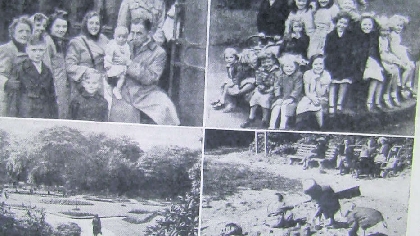 We're all going on a summer holiday
We're all going on a summer holiday
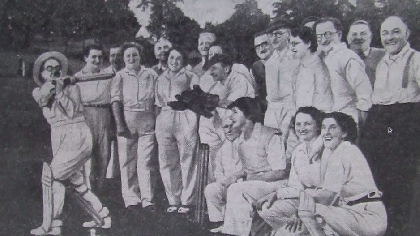 Howzat for style!
Howzat for style!
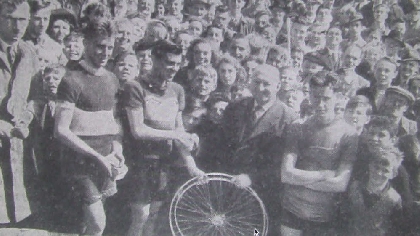 From the Chronicle files - Thursday 10th July 2025
From the Chronicle files - Thursday 10th July 2025
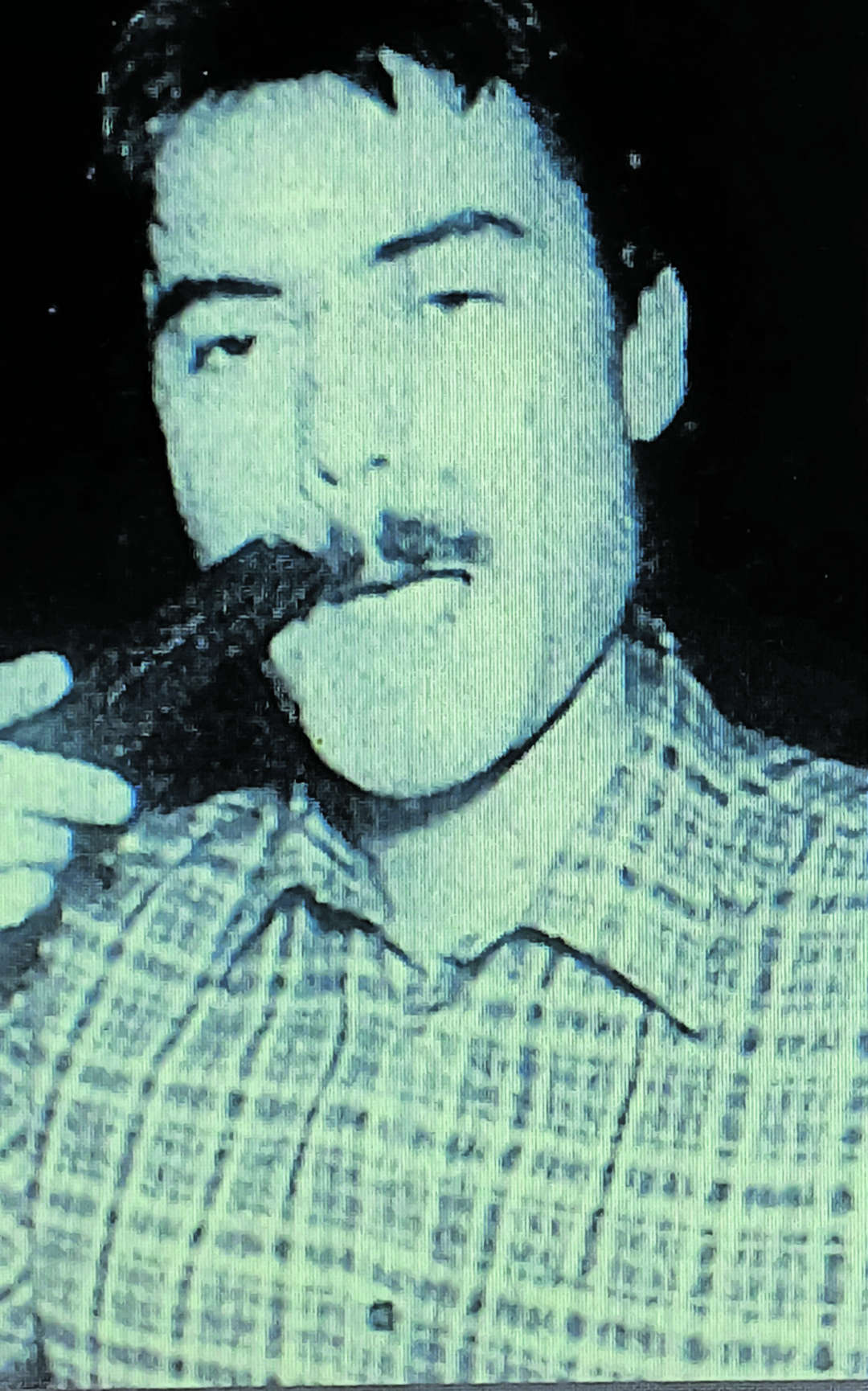 Close shave was all for Live Aid
Close shave was all for Live Aid
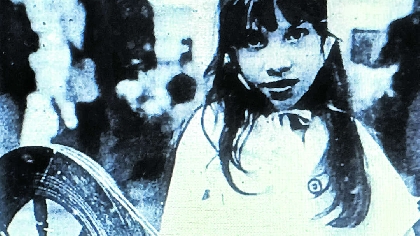 Heritage weekend turns back time
Heritage weekend turns back time



